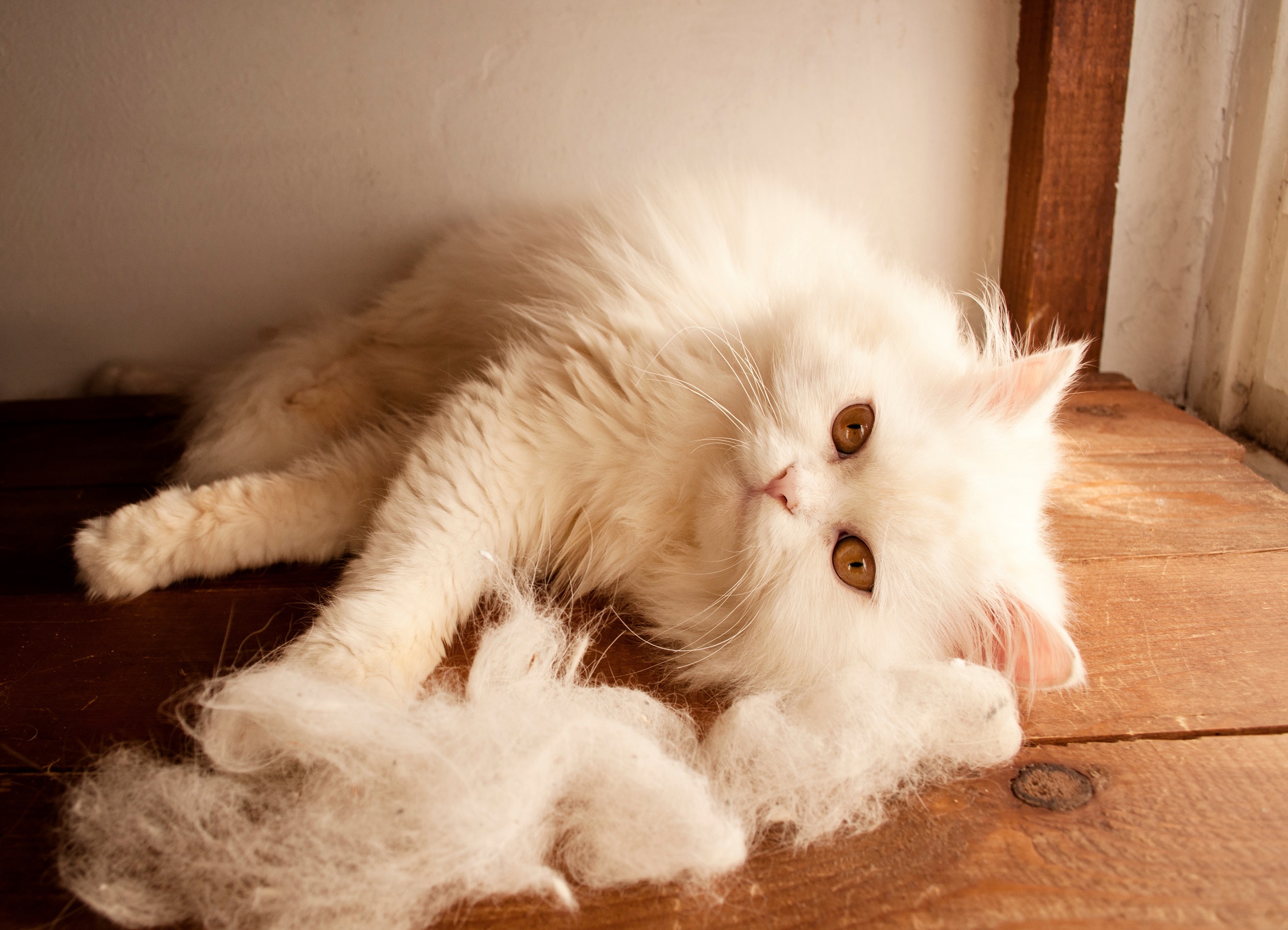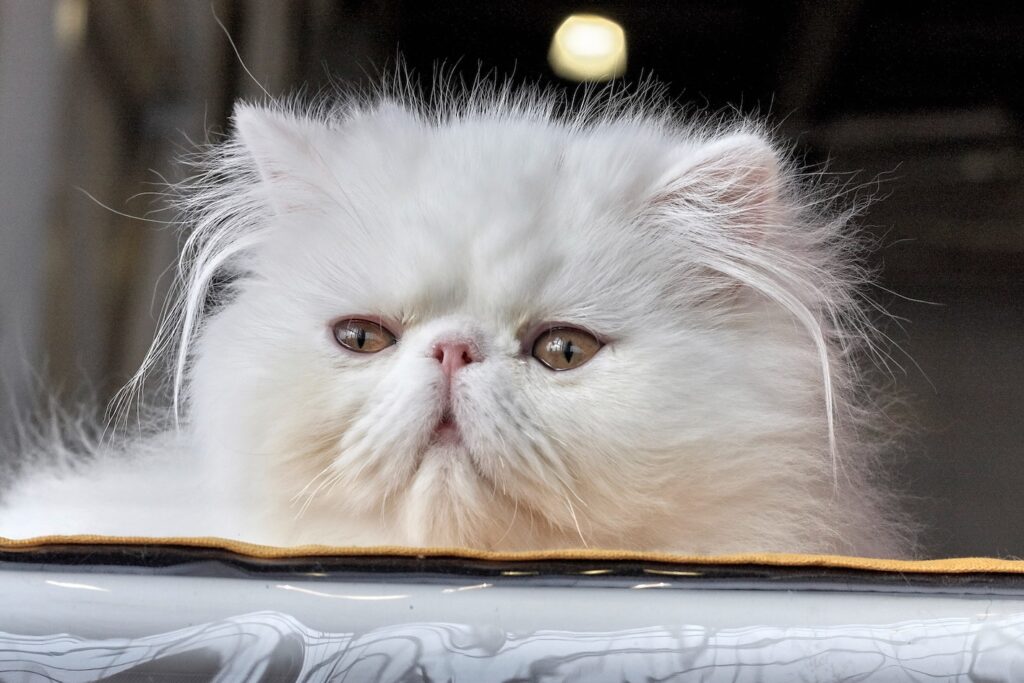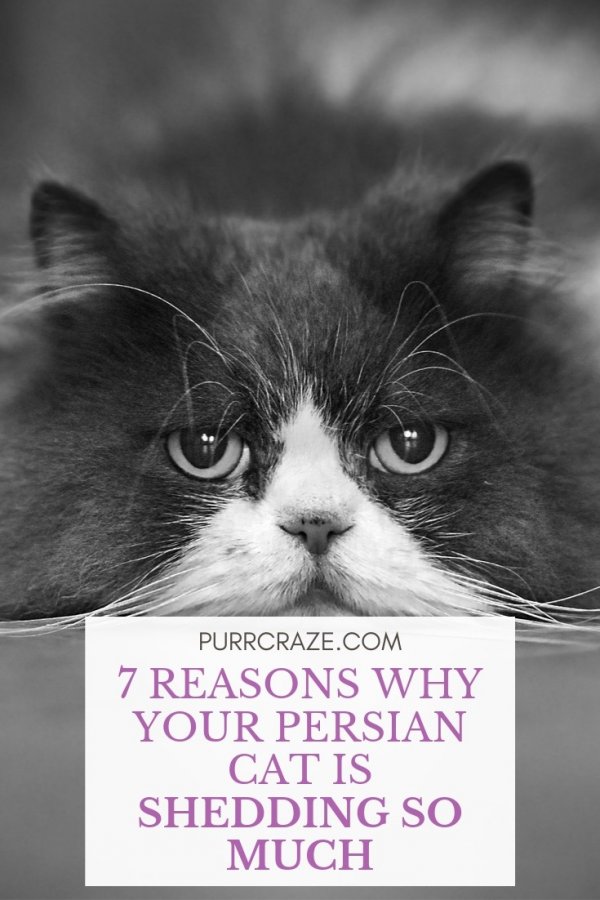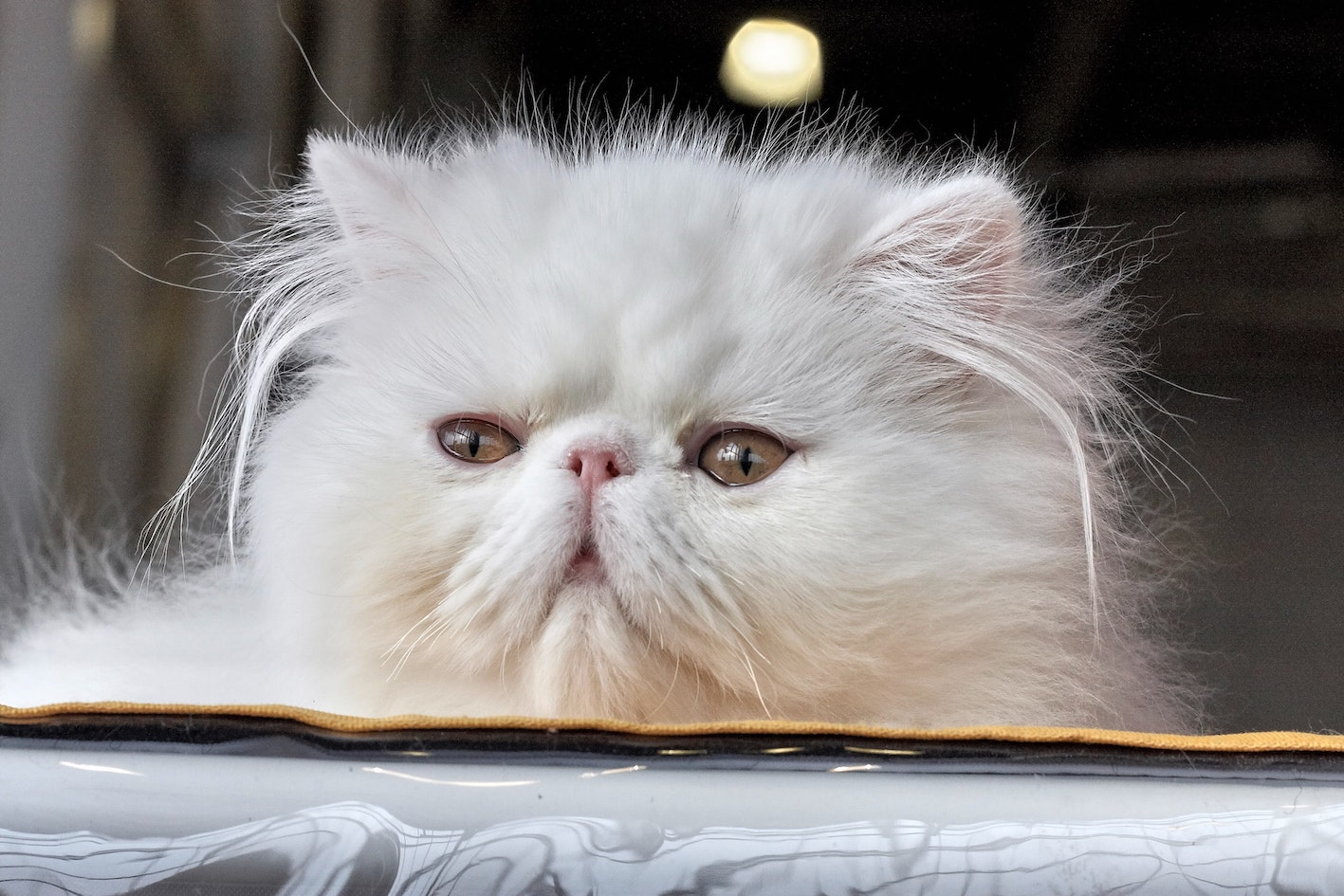Do you have a Persian cat or are considering getting one? If so, you might be familiar with the challenges of dealing with shedding fur. Persian cats are known for their luxurious, long coats, but that also means they shed quite a bit. In this article, we will dive into the topic of shedding in Persian cats and explore ways to manage it effectively. Stay tuned to learn more about this common issue and how to keep your Persian cat’s coat looking beautiful and your home fur-free.
Shedding in Persian cats can be a bit of a hassle, but with the right approach, you can minimize the amount of fur your cat leaves behind. One important thing to note is that Persian cats have a double-layered coat, consisting of a dense undercoat and a longer, silkier topcoat. This makes their fur prone to tangles and matting, which can further contribute to shedding. Regular grooming is essential to prevent these issues and maintain a healthy coat.
In the upcoming article, we will discuss grooming techniques, such as brushing and bathing, that can help reduce shedding in Persian cats. We will also explore dietary factors and supplements that can promote a healthier coat and minimize shedding. Additionally, we will address common questions that people have about Persian cat shedding, such as how often to groom and whether certain medications can help. So, if you’re interested in learning more, keep an eye out for our upcoming post!
Dealing with Shedding in Persian Cats

Introduction
Are you a proud owner of a beautiful Persian cat? If so, you may be familiar with the challenge of dealing with their luxurious coats and the amount of shedding that comes along with it. Shedding is a natural process for cats, but Persian cats have a unique coat that requires extra attention when it comes to grooming and care. In this article, we will explore the causes of shedding in Persian cats, discuss effective techniques and tools for managing the shedding process, and provide tips for preventing matting and tangles in their long, silky fur. So, let’s dive in and discover how to keep your Persian cat’s coat healthy and beautiful!
Understanding Shedding in Persian Cats
Like all cats, Persian cats shed their fur as a natural process to make room for new hair growth. Shedding helps to regulate their body temperature and keep their coat healthy. However, Persian cats have a long, thick double coat that sheds more than other breeds, which can result in excessive hair around your home and potential health risks if not properly managed.
Causes of Shedding in Persian Cats
The shedding process in Persian cats can be influenced by various factors, including seasonal changes, hormonal fluctuations, diet, and overall health. Let’s take a closer look at each of these causes:
-
Seasonal Changes: Persian cats may experience heavier shedding during spring and fall as their body adapts to changes in daylight and temperature.
-
Hormonal Fluctuations: Female Persian cats may shed more during their estrus cycle, commonly known as heat, which typically occurs every two to three weeks.
-
Diet: An improper diet lacking essential nutrients can contribute to excessive shedding. Ensuring your Persian cat’s diet is balanced and provides the necessary nutrients is crucial for a healthy coat.
-
Overall Health: Health issues such as allergies, infections, parasites, or hormonal imbalances can also lead to increased shedding in Persian cats. Regular vet check-ups are important to identify and address any underlying health concerns.

Managing Shedding in Persian Cats
Although shedding is a natural process, it can be controlled and minimized with proper grooming and care. Let’s explore some effective techniques and tools for managing shedding in Persian cats.
Regular Brushing
Brushing your Persian cat’s coat on a daily basis is essential to prevent excessive shedding and matting. Use a high-quality grooming brush specifically designed for long-haired cats, such as a stainless steel comb or a slicker brush with fine teeth. This will help remove loose hair and prevent it from tangling or forming mats.
Bathing and Hygiene
Regular bathing can also help reduce shedding in Persian cats. Use a mild cat-specific shampoo and lukewarm water to bathe your cat. Be gentle and ensure you dry them thoroughly afterward to avoid skin irritation. Keeping your cat’s coat clean and free of dirt and debris will help minimize shedding.
Trimming the Coat
Trimming your Persian cat’s coat can be an effective way to manage shedding and prevent matting. However, this should be done by a professional groomer who is experienced in working with Persian cats. Trimming can help reduce the length of the coat, making it easier to maintain and reducing the amount of loose hair.
Regular De-Shedding Sessions
In addition to daily brushing, dedicated de-shedding sessions can help remove excess hair from your Persian cat’s coat. Use a de-shedding tool or a grooming glove specifically designed to catch loose hair. These tools can be used in combination with brushing to effectively manage shedding.
Diet and Nutrition
Providing your Persian cat with a balanced and nutritious diet is essential for maintaining a healthy coat. Ensure their food includes high-quality protein, essential fatty acids, and vitamins that support skin and coat health. Consult with your veterinarian to determine the best diet for your cat’s specific needs.
Supplements
In some cases, adding supplements to your Persian cat’s diet may help reduce shedding. Omega-3 fatty acid supplements, such as fish oil, can promote healthy skin and coat and minimize shedding. However, always consult with your vet before introducing any supplements to your cat’s diet.
Preventing Matting and Tangles in Persian Cats
Alongside shedding, Persian cats are prone to developing mats and tangles in their long, luxurious fur. Matting occurs when loose hair becomes tangled and forms clumps. It can be uncomfortable for your cat and may lead to skin issues if not addressed promptly. Here are some preventive measures to keep your Persian cat’s coat mat-free:
-
Regular brushing: Brush your Persian cat’s coat daily to remove loose hair and prevent it from tangling.
-
Focus on problem areas: Pay close attention to areas prone to matting, such as behind the ears, armpits, and under the belly. These areas require extra care and attention during grooming sessions.
-
Use specialized tools: Invest in specialized grooming tools, such as dematting combs or mat-breakers, to gently remove mats without causing discomfort to your cat.
-
Mat prevention sprays: There are mat prevention sprays available that can help detangle and condition your Persian cat’s fur, making it less prone to matting.

Common Questions about Shedding in Persian Cats
To provide you with even more insights and answers, here are the most commonly asked questions about shedding in Persian cats:
-
What is the average lifespan of a Persian cat? Persian cats have an average lifespan of 12 to 16 years, although some can live even longer with proper care.
-
Do Persian cats require frequent grooming? Yes, Persian cats require daily grooming to prevent matting and manage shedding.
-
Are Persian cats suitable for apartment living? Yes, Persian cats can adapt well to apartment living as long as they have enough space and mental stimulation.
-
How can I prevent tear stains in Persian cats? Regularly cleaning around the eyes and using tear stain removal products can help minimize tear stains in Persian cats.
-
What are some potential health issues in Persian cats? Persian cats are prone to health issues such as respiratory problems, eye conditions, and urinary tract disorders. Regular vet check-ups are important to detect and address any health concerns.
-
Are Persian cats good with other pets? Persian cats can get along well with other pets, but proper introductions and gradual socialization are important for a harmonious coexistence.
-
How often should I clean my Persian cat’s litter box? Persian cats are clean animals, so it’s important to scoop and clean their litter box at least once a day to maintain hygiene.
-
Can Persian cats be trained to walk on a leash? Yes, with patience and proper training, Persian cats can be trained to walk on a leash. Start by introducing them to a harness and leash indoors before venturing outside.
-
Do Persian cats enjoy playing with toys? Persian cats, like other cats, enjoy playing with toys, especially interactive toys that stimulate their minds and keep them physically active.
-
Are Persian cats hypoallergenic? While no cat breed is completely hypoallergenic, Persian cats produce fewer allergens compared to some other breeds, which may make them a better choice for people with allergies. However, individual reactions may vary.
Conclusion
Shedding in Persian cats is a natural process that can be managed effectively with proper grooming and care. By regularly brushing, bathing, and maintaining good hygiene, you can minimize shedding and keep your Persian cat’s coat in excellent condition. Remember to pay extra attention to preventing matting and tangles, as they can lead to discomfort and skin issues. With love, patience, and the right tools, you can enjoy the beauty and elegance of your Persian cat’s coat while keeping your home clean and your pet happy. Embrace the shedding process as part of owning a Persian cat and appreciate the joy and fulfillment they bring to your life.
For more information about Persian cats, grooming tips, and frequently asked questions, visit PersianCatDude.com.
Common Questions:
- How often should I groom my Persian cat?
- What is the best brush for Persian cats?
- How can I prevent hairballs in Persian cats?
- Can I trim my Persian cat’s fur myself?
- How can I minimize shedding on furniture and clothing?
- Are there any natural remedies to reduce shedding in Persian cats?
- How long does it take for a Persian cat’s coat to grow back after trimming?
- Can diet changes affect shedding in Persian cats?
- Are there any supplements that help with shedding in Persian cats?
- What should I do if my Persian cat’s shedding suddenly increases?
